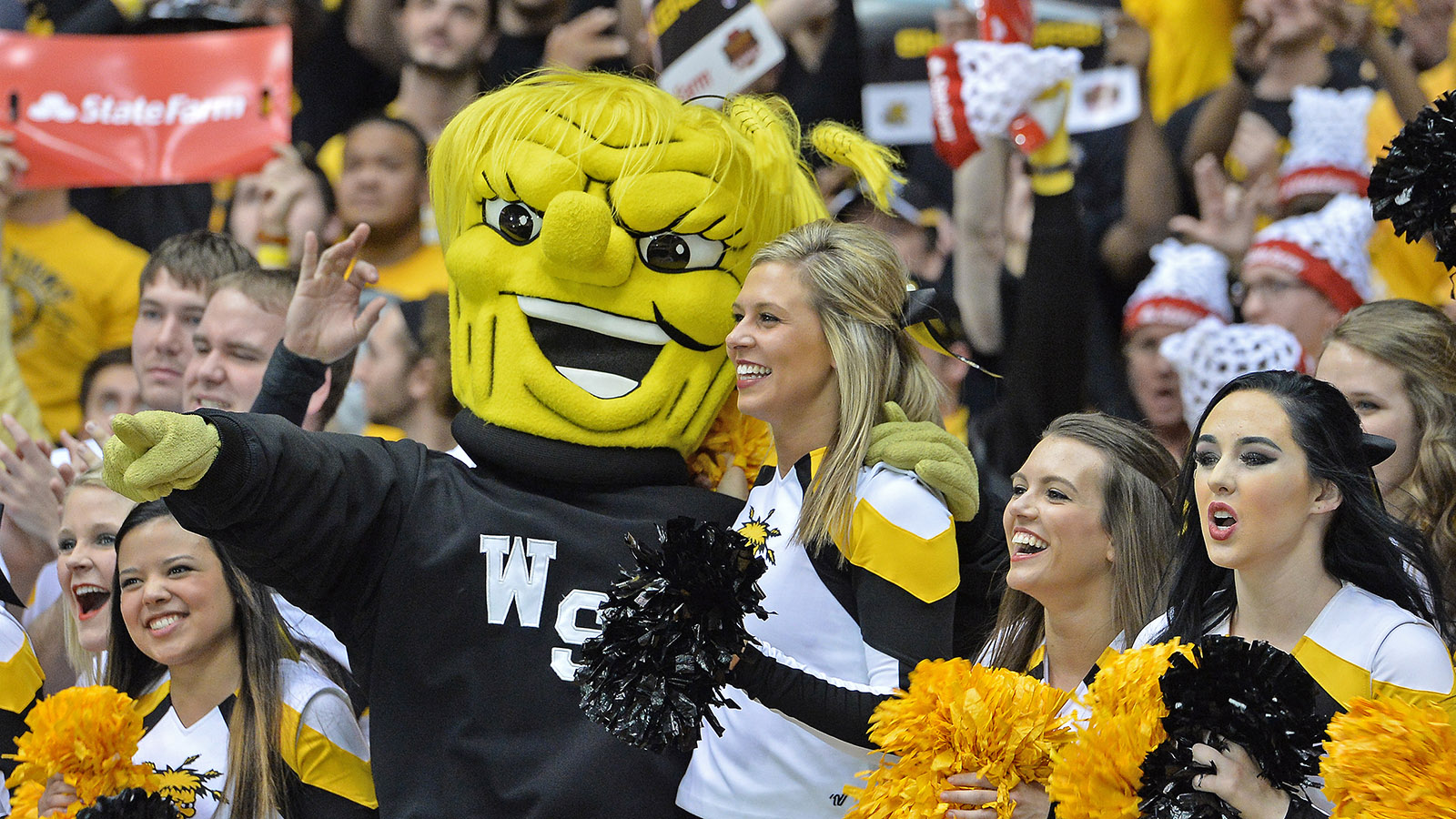College mascots are more than costumed figures; they are emotional anchors for student pride and fan spirit.
They channel intensity, humor, and a sense of belonging into every game.
Some are fierce symbols of tradition, while others win hearts with comical flair.
The mascots featured here combine these qualities through their backstories, energy, and unforgettable antics, proving that spirit and laughter can coexist perfectly on the field.
1. Uga (University of Georgia)
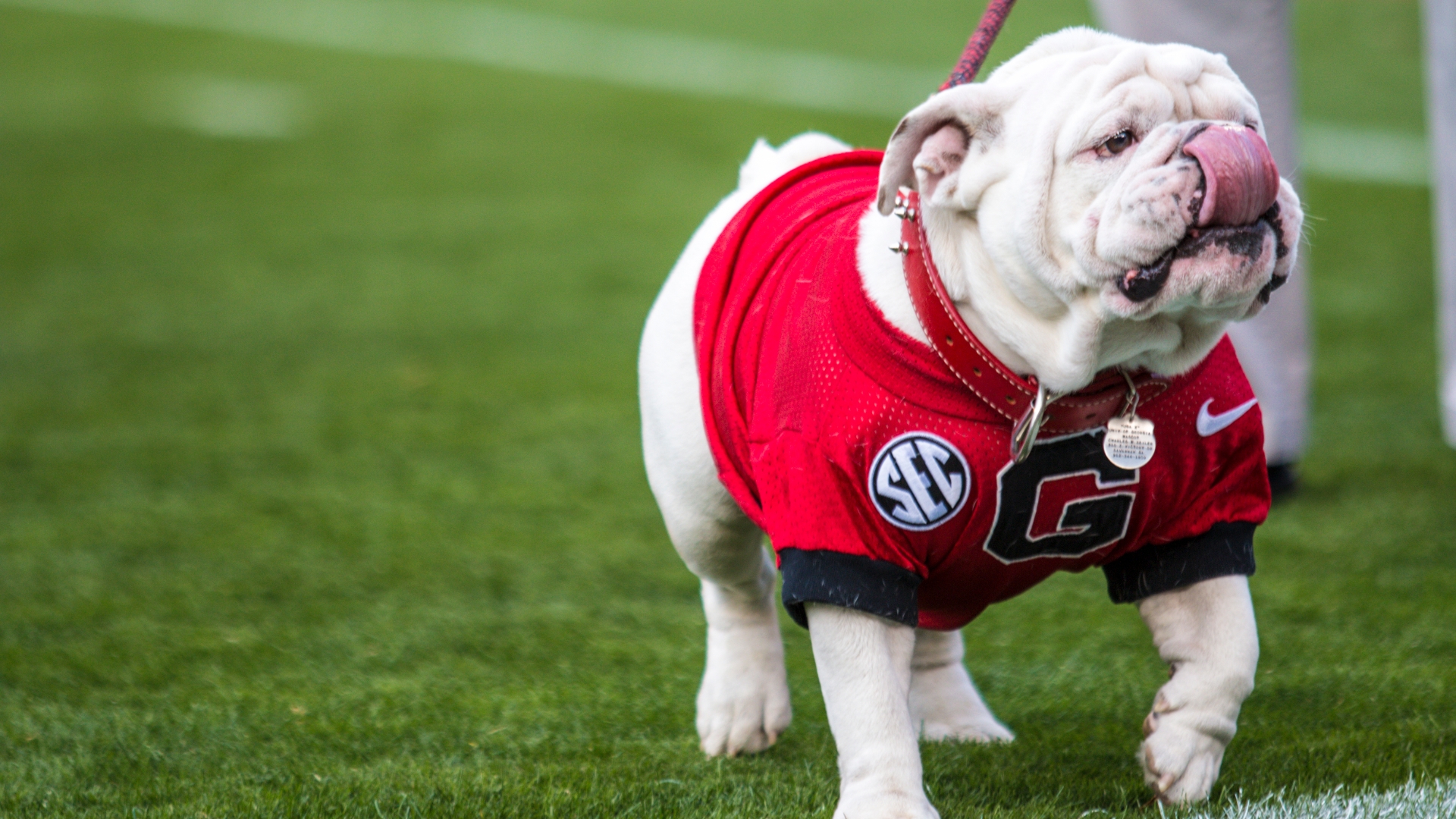
Uga symbolizes power, loyalty, and tradition through its bloodline of purebred English Bulldogs.
With a muscular frame and a commanding glare, Uga represents the relentless determination of Georgia football.
Each appearance brings confidence and presence to the field, reminding fans of the school’s competitive spirit.
Uga’s playful side deserves equal mention.
His expressive face, custom jerseys, and occasional stubborn pauses before kickoff add humor that fans adore.
Before describing his legacy, here are Uga’s defining traits:
- Breed: English Bulldog
- First Appearance: 1956
- Signature Feature: Air-conditioned doghouse and tiny jersey collection
- Legacy: Passed down through generations of the Seiler family
Every generation of Uga continues to embody Georgia’s pride, strength, and humor, solidifying his place as one of college sports’ most beloved mascots.
2. Brutus Buckeye (Ohio State University)
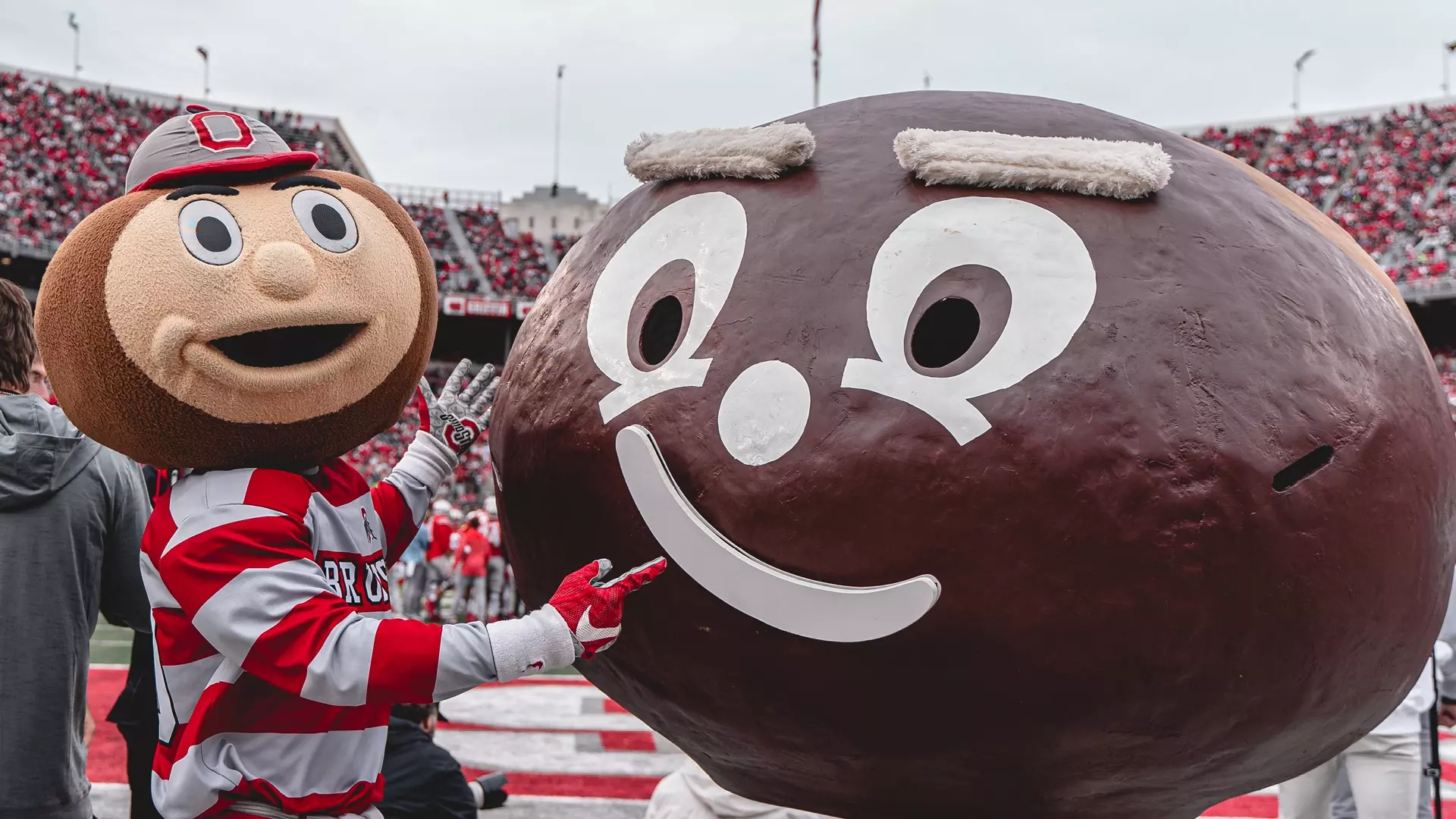
Brutus Buckeye channels Ohio State’s energy with unmatched enthusiasm.
Since 1965, he has led chants, danced with fans, and electrified stadiums, embodying the heart and excitement of college football.
His comic side shines through with his oversized nut-shaped head and exaggerated expressions.
Brutus is famous for creating laughter during intense moments, often becoming the center of fan photos and celebrations.
Some even call him a “walking meme creator.”
To summarize his mascot highlights:
- First Appearance: 1965
- Signature Feature: Giant buckeye head and endless energy
- Role: Leading O-H-I-O chants and stadium celebrations
- Personality: Equal parts fierce and funny
Generations have celebrated Brutus for his perfect balance of humor and strength, making him a true Ohio State icon.
3. The Tree (Stanford University)
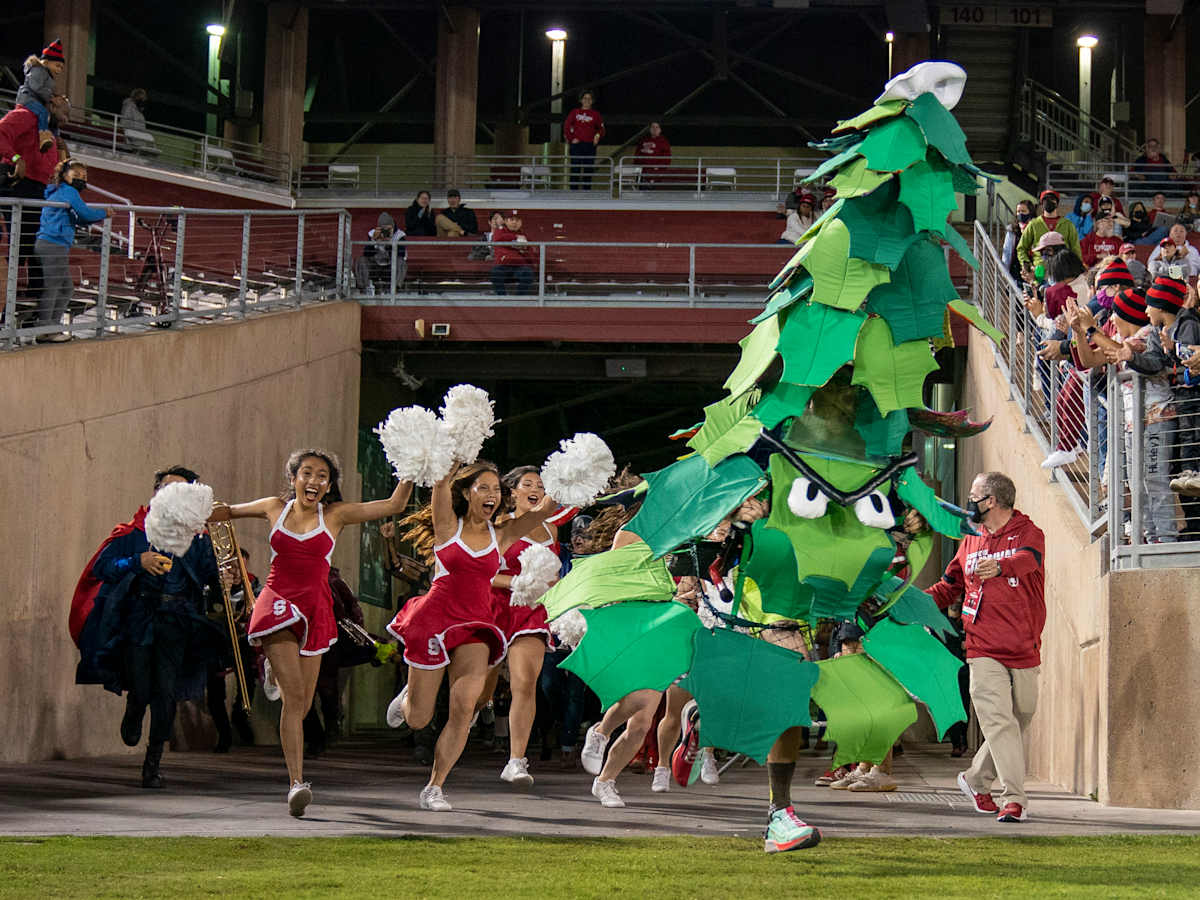
Stanford’s Tree embodies fearless expression and eccentricity. Constantly reinvented by students, the Tree represents freedom, individuality, and a touch of chaos.
Every football season brings a new costume design that reflects creativity and humor.
Its power comes through unpredictability and flair.
The Tree’s movements and appearances are intentionally comedic, making it both a source of laughter and a beloved tradition.
Important details about the Tree include:
- Created and redesigned by students annually
- Technically unofficial but universally recognized
- Symbol of artistic freedom and campus humor
As one of the most unpredictable mascots in college sports, the Tree remains a hilarious yet symbolic part of Stanford’s bold spirit.
4. Big Red (Western Kentucky University)
Big Red operates in its own category, a red, round, fuzzy being whose mystery only adds to its popularity.
Equal parts funny and endearing,
Big Red embodies the carefree fun of college fandom. Its shape and exaggerated gestures make it instantly recognizable.
During games, Big Red bounces, waves, and dances with wild enthusiasm. Fans can’t help but laugh at its expressive body language and larger-than-life antics.
Quick facts about Big Red’s fame include:
- Debuted in 1979
- Originated as a gender-neutral figure
- Frequently featured in commercials and national appearances
No one truly knows what Big Red is, yet everyone agrees on one thing, it’s an unforgettable symbol of joy and creativity that transcends logic.
5. Mike the Tiger (Louisiana State University)
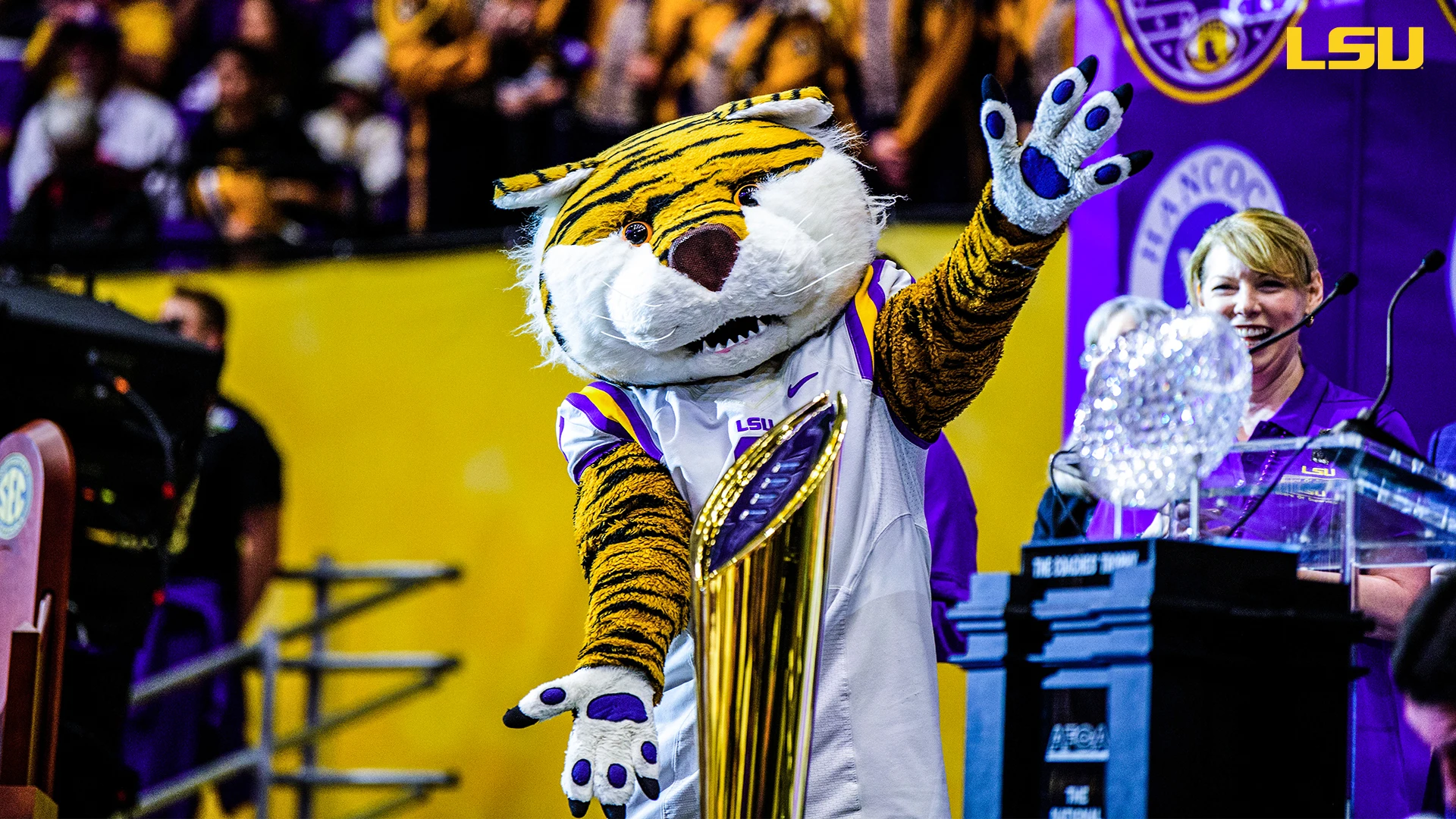
Mike the Tiger embodies raw dominance and regal authority.
As a live Bengal tiger, Mike serves as both a mascot and ambassador for LSU’s traditions.
His strength and presence symbolize the pride of Louisiana State University.
While his fierce nature commands respect, humor arises naturally through contrast.
Fans adore watching his calm yet majestic demeanor, as if he knows he’s the center of attention.
Important facts about Mike’s legacy:
- First tiger mascot introduced in 1936
- Current mascot is Mike VII
- Lives in a luxurious habitat on campus
Each roar and stroll by Mike reinforces LSU’s power and prestige while providing fans with a source of awe and admiration.
6. Otto the Orange (Syracuse University)
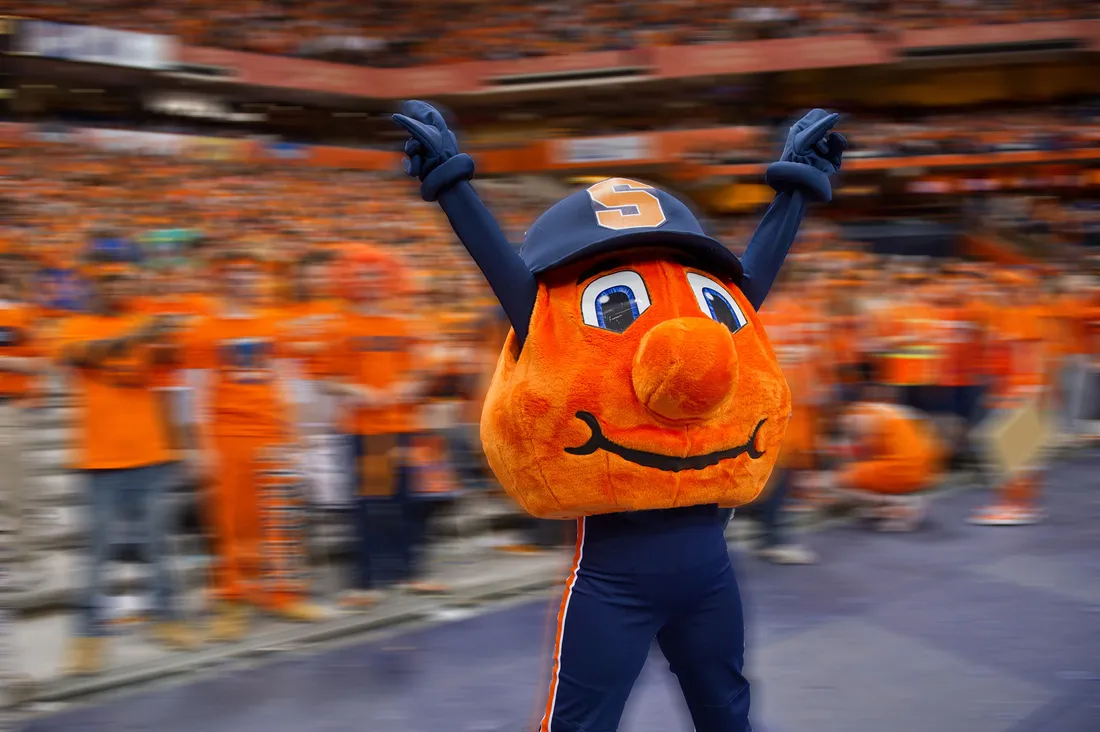
Otto the Orange brings cheerful energy to Syracuse University with a bright smile and lively spirit.
Its round orange body and upbeat personality have made it one of the most beloved college mascots in America.
Otto’s humor shines through in every movement, its floppy gloves, joyful dances, and wide grin light up any stadium.
The mascot’s positivity represents a message of inclusivity and happiness that defines Syracuse pride.
Key highlights of Otto’s journey include:
- Introduced in the early 1980s
- Replaced a controversial former mascot
- Known for its friendliness and humor
Otto shows that a mascot doesn’t need intimidation to inspire spirit—sometimes, all it takes is a smile and unmatched energy.
7. Smokey (University of Tennessee)
Smokey, a blue tick coonhound, brings loyalty and passion to Tennessee football.
As both a live dog and a costumed mascot, Smokey howls his support during every touchdown, filling Neyland Stadium with excitement.
Fans love his combination of warmth and discipline. His orange jersey and friendly demeanor symbolize courage, pride, and tradition.
Smokey’s role stretches back decades, showing the school’s bond between animal mascots and student culture.
Key facts about Smokey’s tradition:
- First introduced in 1953
- Inspired by the Tennessee state dog breed
- Has both a live and costumed version
Smokey captures the spirit of Tennessee through loyalty and enthusiasm, embodying the values of sportsmanship and togetherness.
8. Reveille (Texas A&M University)
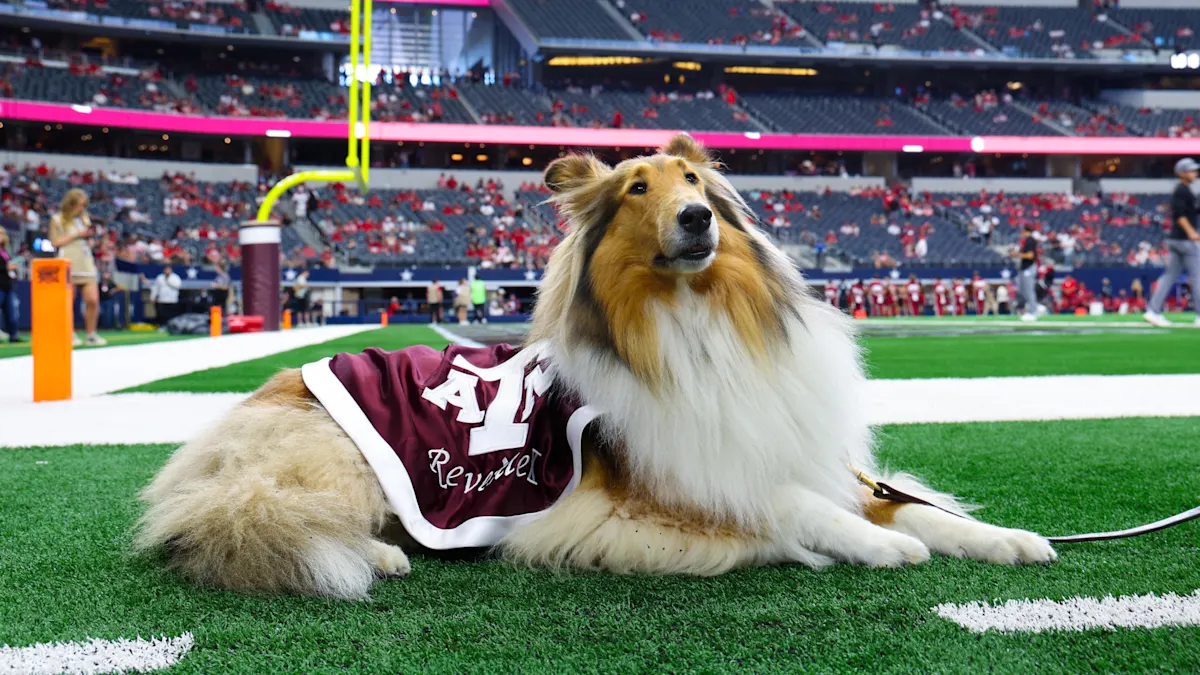
Reveille represents elegance, leadership, and devotion.
As a Rough Collie, she serves as the highest-ranking member of the Corps of Cadets and holds an honored place in Aggie history.
Her poise and beauty make her a figure of respect throughout the university.
Her humorous side appears through traditions tied to her presence.
When she barks during class, it must end immediately, a rule that delights students every year.
Key aspects of Reveille’s tradition include:
- First introduced in 1931
- Always a female Rough Collie
- Officially regarded as the “First Lady of Aggieland”
Reveille blends grace and strength effortlessly, proving that authority can come with gentleness and charm.
9. The Mountaineer (West Virginia University)
The Mountaineer reflects strength, heritage, and pride in Appalachian culture.
Dressed in traditional frontier clothing with a musket and coonskin cap, the Mountaineer embodies the rugged determination of West Virginia.
Despite the intense image, humor often arises from the theatrics of his performance.
His exaggerated gestures and booming musket shots make him both fierce and entertaining.
Essential elements of the Mountaineer tradition include:
- Established as an official mascot in 1934
- Selected through rigorous interviews and spirit tests
- Represents independence and state pride
The Mountaineer’s authenticity and passion bring both respect and laughter to the field, earning admiration across generations.
10. Ralphie the Buffalo (University of Colorado Boulder)
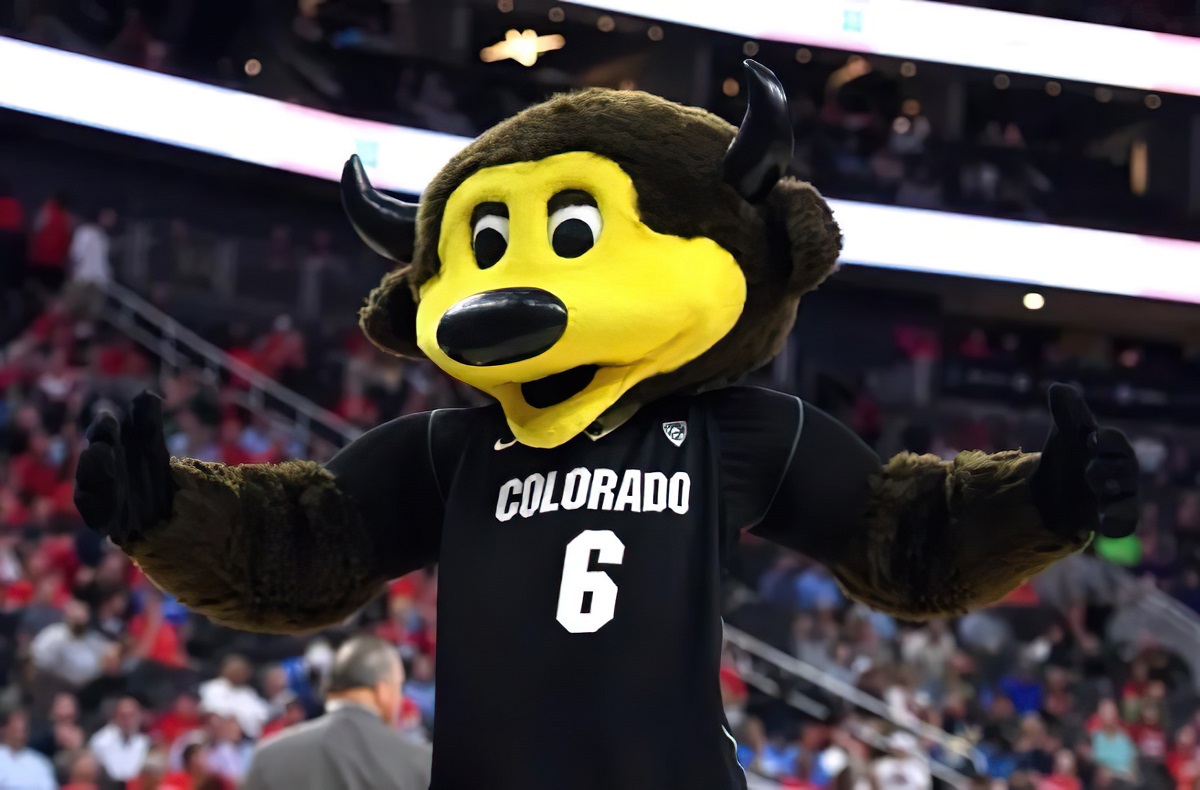
Ralphie the Buffalo commands attention through sheer force and spirit.
Weighing over 1,200 pounds, Ralphie represents the strength and endurance of Colorado athletics. Watching her sprint across the field is both inspiring and thrilling.
Moments of chaos often bring laughter as handlers struggle to keep up during her high-speed runs. That unpredictability has made Ralphie a fan favorite for nearly a century.
Key details about Ralphie’s legacy include:
- Originated in the 1930s
- Handlers are specially trained students
- One of the longest-running live mascot traditions in the U.S.
Ralphie’s thunderous runs embody raw power and excitement, solidifying her as a symbol of Colorado pride and endurance.
The Bottom Line
College mascots represent far more than costumed fun, they are emotional symbols that unite fans through laughter and passion.
Each one reflects a piece of its university’s personality, balancing ferocity with humor.
They embody spirit in motion, proving that passion and laughter can share the same field with equal pride.

